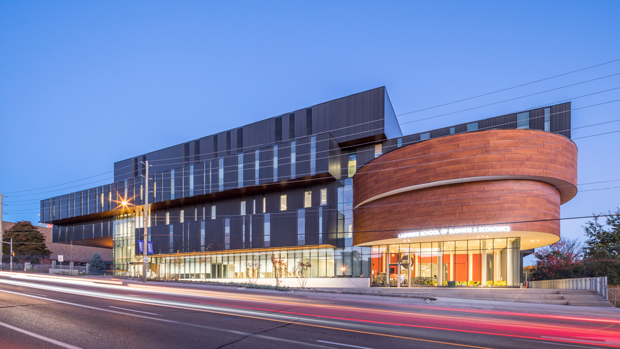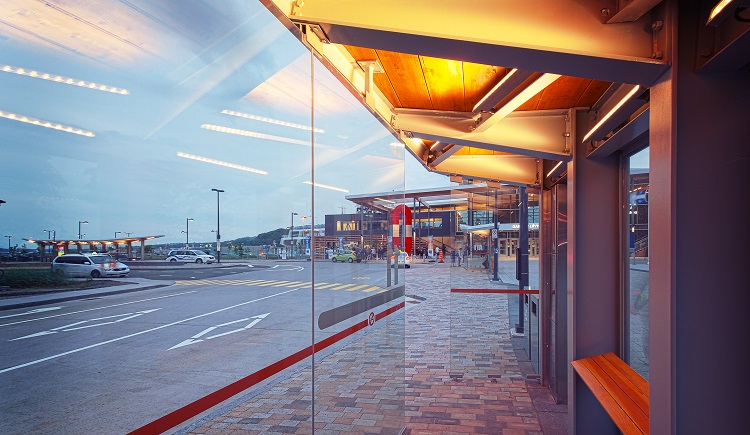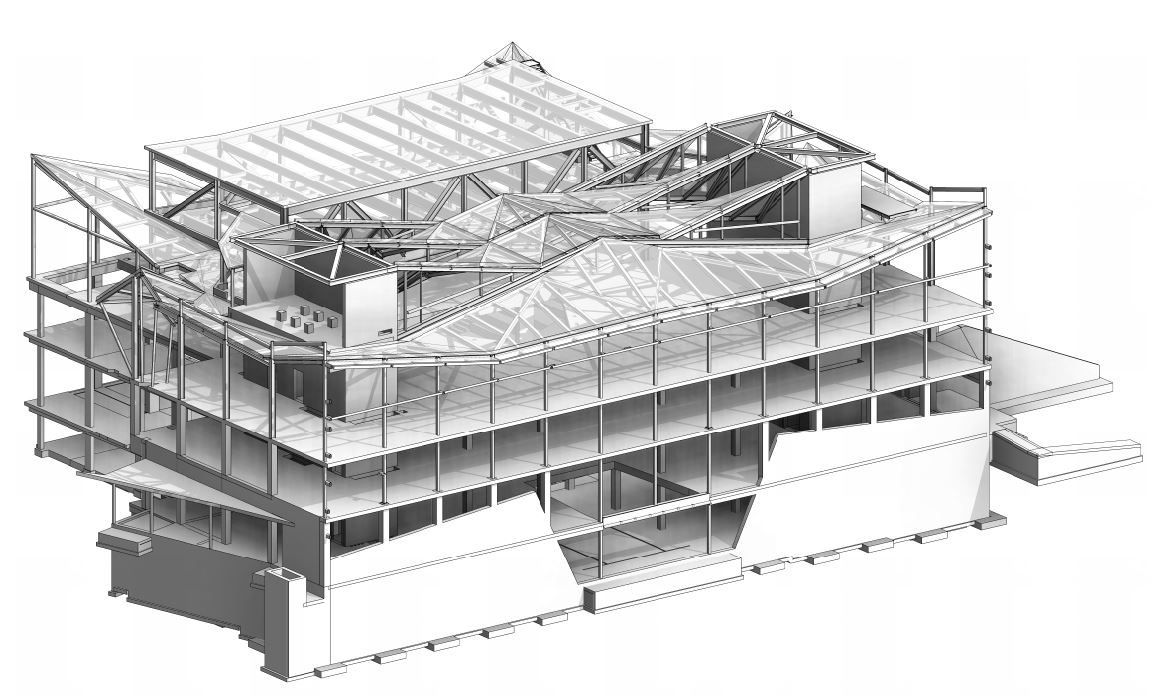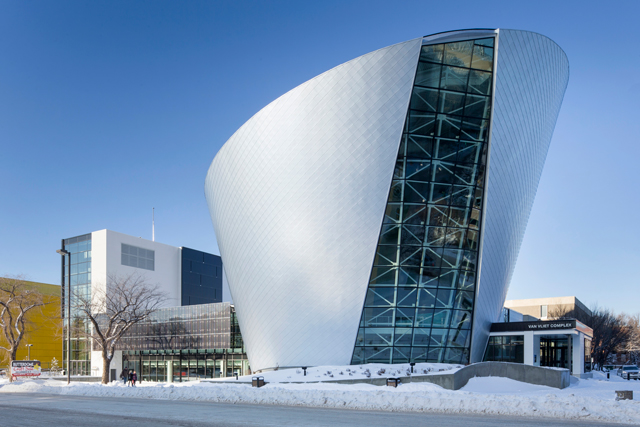Structural steel offers endless benefits for the construction of commercial and institutional buildings and structures.
Notable advantages of steel construction include speed, quality and accuracy of construction, cost competitiveness, adaptability to future changes, functional performance, sustainability, incombustibility and unlimited potential for creative solutions.

Speed of Construction
The unparalleled erection speed of steel structures shortens the construction duration for buildings of any height. Speedy construction reduces interim financing costs, permits earlier occupancy and return of capital, reduces cost premium and compromise of quality associated with construction in foul weather conditions, and shortens exposure to real estate market uncertainty etc.
Costs
Steel construction is competitive for structures ranging from the simplest to the utmost complex; single storey structures to skyscrapers; structures spanning the widest range of distance; Class A to Class C office buildings; closed buildings and grandstands …. It should be noted that the unit cost of erected steel, increases according to complexity, long span framing etc. Since structural steel is often selected for the construction of more challenging, and therefore costlier, structures high steel cost data are often recorded and inappropriately used in cost estimating of future projects. This practice results in overlooking the true competitiveness of steel construction. When less tangible cost savings, such as the above-mentioned savings associated with the speed of steel construction, are taken into account steel construction is usual very competitive.
Architectural Wonders
Since the erection of the Forth railway bridge in 1889, steel construction has filled the leading role in fulfilling man’s ambitions. Steel offers endless opportunities for creativity in modern architecture and structural engineering. From the construction of skyscrapers to the most attractive airport terminal structures; all-inclusive mega shopping malls to amusement parks; sports stadia with a closed, open and retractable roof; tallest free-standing TV transmission towers to complex shell structures, architects, engineers and builders look to steel’s versatility for solution. The applicability of steel construction in modern days is only limited by man’s imagination.
Adaptability
Steel structures are adaptable to future changes in building layout, additions and expansion. Bolts can be conveniently removed and steel material can be added by bolting or welding. Due to its skeleton form, a steel structure may be renovated with minimum cost and lost time. Unlike cast-in-place and pre-stressed concrete structures, structural steel elements can be individually strengthened, altered to suit or new steel components can be added without any inconvenient site operation such as forming, shoring or curing. Steel structures can be altered and strengthened to accommodate new floor loading requirement, new installations and new functional features. Common causes for building alteration needs in commercial buildings are: multi-floor tenants’ need for interconnecting stairs in office buildings and the need to accommodate future renovations and tenant changes in shopping malls, airport terminal buildings etc. Steel structures have been proven to be most suitable for these needs.
Low weight-to-strength ratio
As the symbol of strength, steel is much stronger than any other common structural material. Steel is renowned for its superior strength and low weight-to-strength ratio. This unique property:
- Permits column-free floor designs at an insignificant or no cost premium
- Reduces foundation costs due to its lightness
- Reduces earthquake forces which is proportional to mass
- Requires significantly smaller columns as compared to concrete or wood columns
Dimensional Stability
Under permanent load, concrete and wood continue to deform over time (undergoing ‘creep’) whereas steel maintains its strength and stiffness throughout its service life. Steel framed floors do not continue to sag in service and steel columns do not shorten over time. Steel’s stable properties permit the construction of long span structures without compromising long-term serviceability.
Non-combustible
Steel is noncombustible and therefore is suitable for noncombustible construction. Steel does not release toxic substance in any circumstances. Being a clean material, structural steel generates no dust, no spillage etc.
Earthquake Resistance
Because structures must resist seismic forces in proportion to their mass structures that are built of more massive materials, such as reinforced concrete and masonry, must be constructed to withstand significantly greater seismic loads than steel structures. Structural steel’s inherent ductility, high strength-to-mass ratio and high shear resistance, together with the high dimensional accuracy and ease for inspection of steel framed structures make structural steel the excellent choice of material for seismic resistant structures. Steel structures in general perform significantly better than masonry and concrete structures in many post earthquake observations throughout the world.





